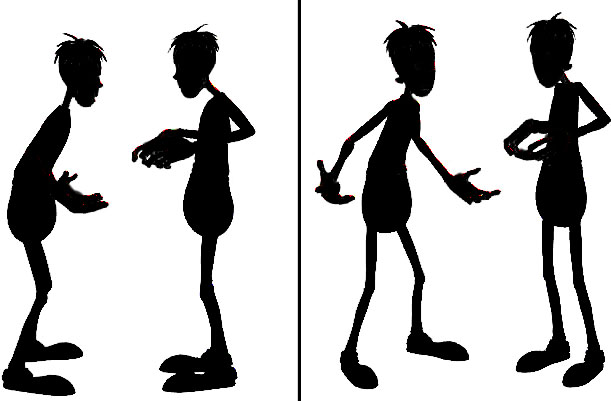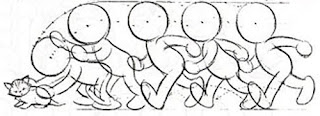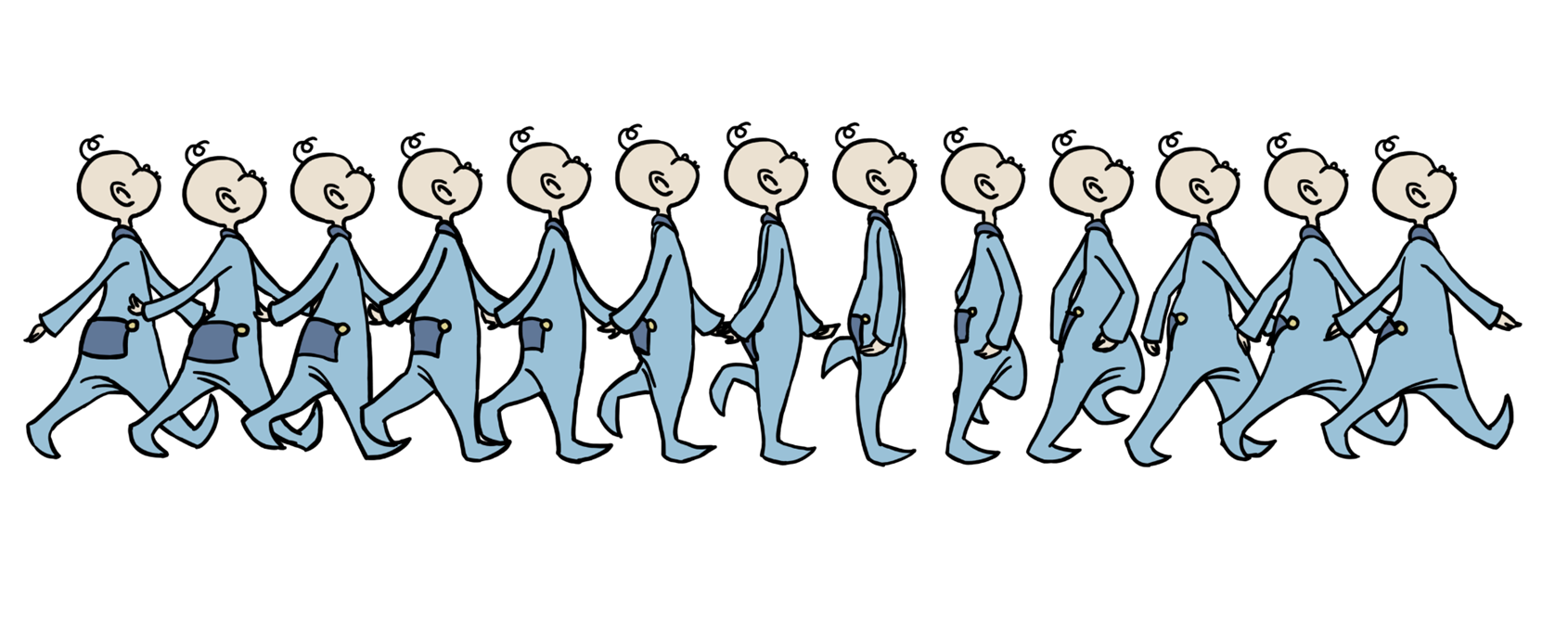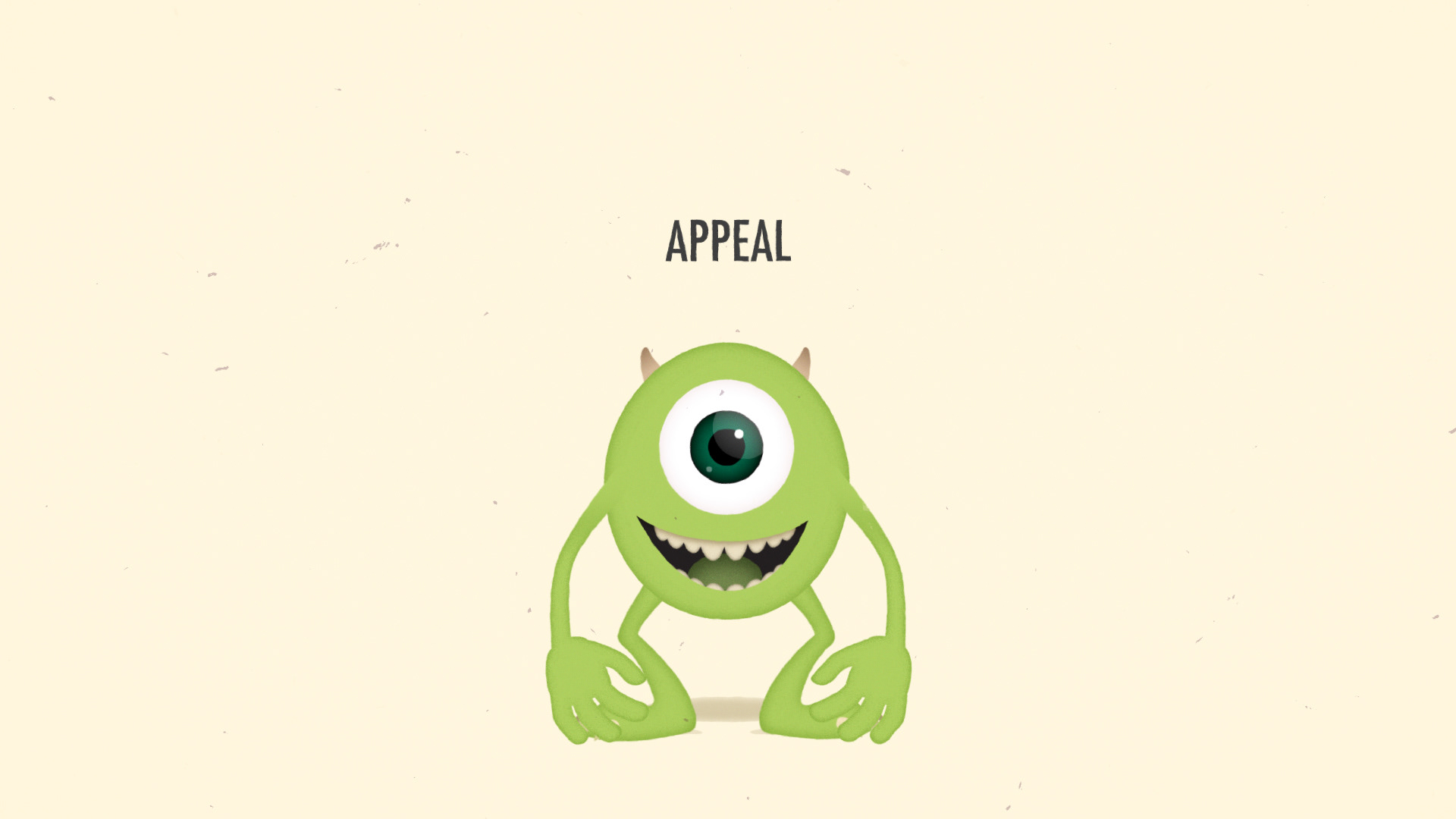First there is three different parts of the production. pre production, production, and post production. first there are people who draw the story board and the different camera angles and setting then it is sent to layouts, which is where customs are made, then model sheets are created where the character is mostly designed with different poses and facial expressions. then there are animatics which are previsualizations of more complex vfx scenes. then the production starts this is where the layout of the actual scenes starts to be modeled and where the director approves of shots, then there is modeling which is 3d modeling the main characters and then this is followed by texturing which is what gives the model color and characteristics. after this there is lighting which works on where there should be light on a scene and where there shouldn't, after this process is done the rigging starts which is adding bones to the mesh so that it is able to move properly. Then the Animation process starts and this is where effects are added to the animation. Post production starts right after this, this is when tasks that have to be done after the film is done are made, compositing starts in this stage it is when the animation is rendered and it is shown how they want it to render, after all this is done the animation part of the film is over, the sound effects start which is what gives the film sounds to make it more appealing, and then there is video editing which is where shots are edited and composed
I personally think i would like to work between modeling a character or adding vfx and making sure the characters performance is fine the animation process seems very entertaining to me this is also where stop motion is fixed so i think of it like finishing the main modeling process.
https://www.youtube.com/watch?v=WyQZ--fBNfc
Digital Modeling
Friday, May 22, 2020
Thursday, May 21, 2020
12 Principles of Animation
1. Squash and Stretch - animated objects will get longer or shorter depending on where they are falling from the softer the object the more squashed it will be when touching the floor and vice versa
2. Anticipation - The action where the character prepares before doing something
3. Staging - The presentation of any idea so it is clear

4. Straight Ahead and pose to pose - Methods to draw a character moving

5. Follow through and overlapping action - appendages dragging behind a body and moving when the body stops

6. Slow in and Slow out - How all movement starts slow builds speed and ends slow

7. Arcs - Making an object look more natural and less mechanical

8. Secondary Action - Gestures that support the main action to add more dimension

9. Timing - The personality and nature of the animation are affected by the number of frames in each action

10. Exaggeration - Every action pose or expression can be taken to the next level to increase impact

11. Solid Drawing - Forms feel like they are in their 3 dimensional space with balance volume and weight

12. Appeal - Character that you animate should be pleasing to look at

2. Anticipation - The action where the character prepares before doing something
3. Staging - The presentation of any idea so it is clear

4. Straight Ahead and pose to pose - Methods to draw a character moving

5. Follow through and overlapping action - appendages dragging behind a body and moving when the body stops

6. Slow in and Slow out - How all movement starts slow builds speed and ends slow

7. Arcs - Making an object look more natural and less mechanical

8. Secondary Action - Gestures that support the main action to add more dimension

9. Timing - The personality and nature of the animation are affected by the number of frames in each action

10. Exaggeration - Every action pose or expression can be taken to the next level to increase impact

11. Solid Drawing - Forms feel like they are in their 3 dimensional space with balance volume and weight

12. Appeal - Character that you animate should be pleasing to look at

Tuesday, April 28, 2020
Tuesday, February 4, 2020
Monday, January 27, 2020
Tuesday, January 14, 2020
Thursday, December 12, 2019
Thursday, November 21, 2019
Mini Men
The use of design principles and camera movements improved my animation by a lot, the reason for this was because when i did my story board i didn't have an idea of what i wanted my animation to be, using both design principles and camera movements i found out slowly what i wanted to make its like when you don't have an idea of what to do you just want to draw something it helped in that way so it improved it by not only giving it a mood but also by giving me ideas of what i wanted my animation to be i would have liked to add music to my video but i did not know how to do that since i haven't edited videos before
Thursday, November 7, 2019
Tuesday, October 29, 2019
Design Options
I plan to design my set with an orange lighting so that way it has kind of an obscure light like as if it is 6 pm or something like that since at that time of the day light is fading i will add a pumpkin with a candle inside for it to have an emission effect and at the end of the day the design will have been with warm colors as well as having repetition and informal balance
Monday, October 7, 2019
Timing and spacing in animation is very important, it makes it so the object that is being animated looks more realistic and smooth instead of having it be an unrealistic animation that looks robotic more than anything, it can help portrait the use of gravity in an animation. an example of this could be when you drop an object, every frame the object will have a bigger space than it had before since the acceleration of gravity is positive, and so that to the viewer it seems like the object is accelerating
Subscribe to:
Comments (Atom)
Process of Animation
First there is three different parts of the production. pre production, production, and post production. first there are people who draw the...










